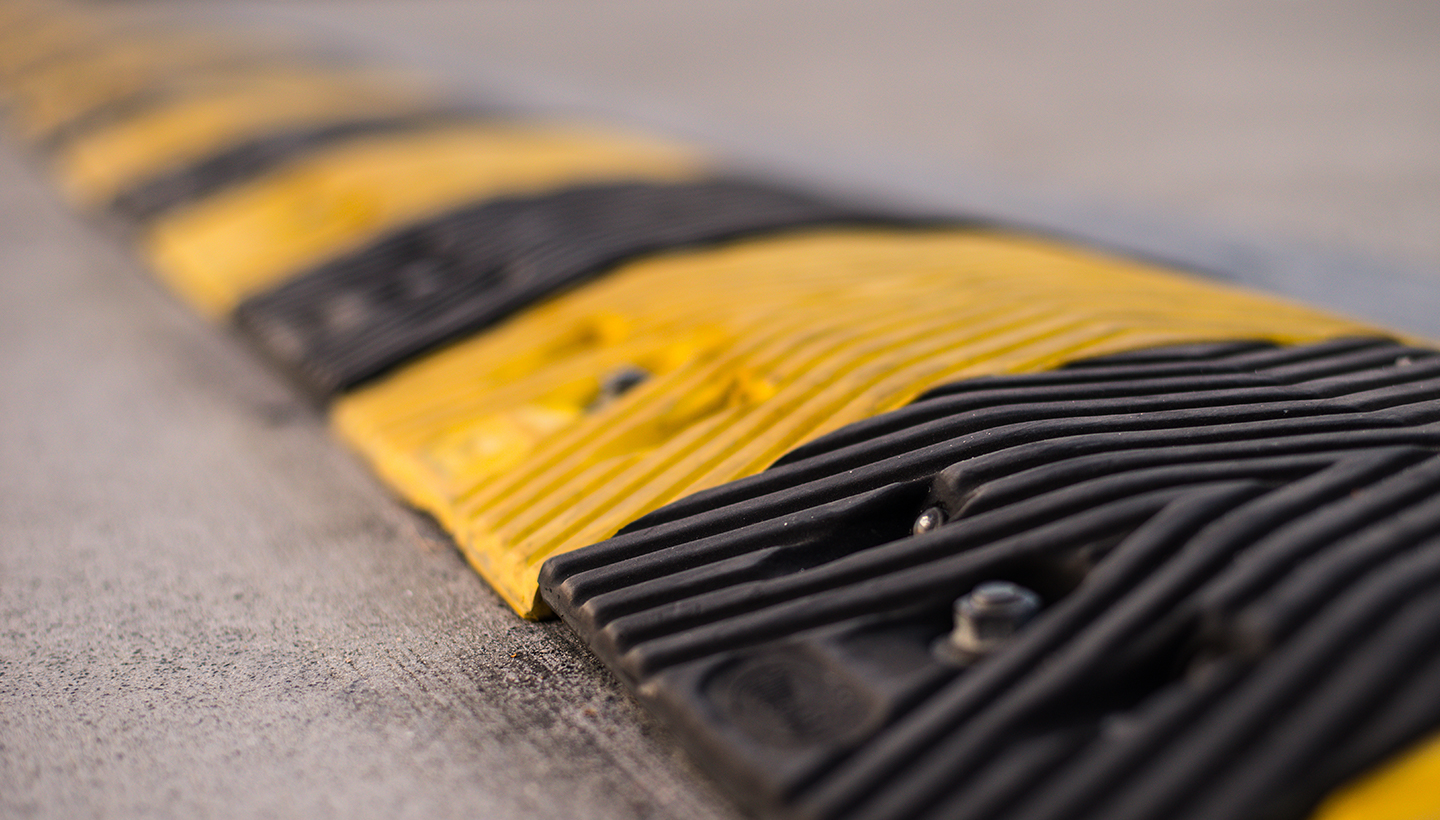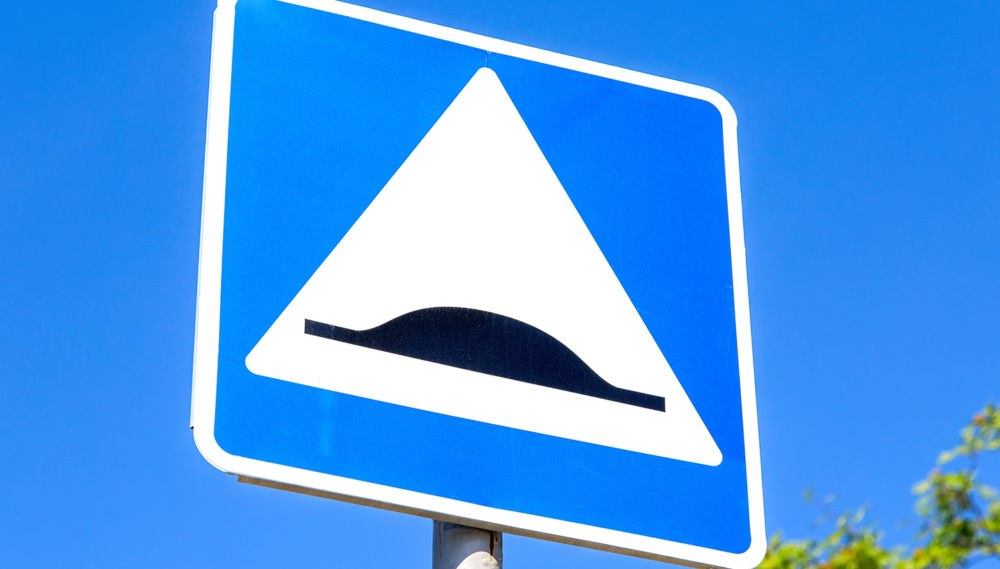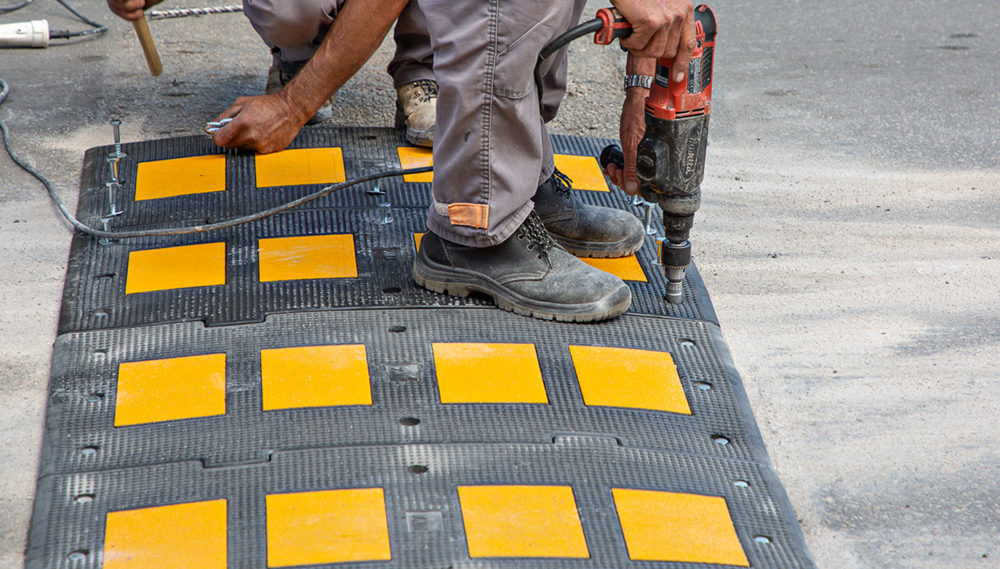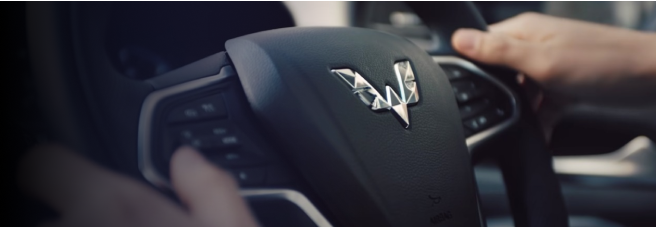
For road users, speed bumps are certainly familiar. These speed-limiting devices are often found across highways and small roads to encourage road users to reduce their speed.
Speed bumps, also known as speed bumps, have been used for more than a century. Since their development, speed bumps have been designed in such a way that they are safe for drivers.
This is because, as road barriers, speed bumps that are not designed according to regulations can endanger road users and even damage vehicles that pass through them. Sometimes in certain areas, speed bumps are found that are too high, causing cars with low ground clearance to get stuck.
Apart from cars, many motorcycles pass speed bumps that are too high, causing a dent in the exhaust neck. The consequences of making errors in making these speed bumps will, of course, result in losses for those who pass them. Therefore, it is necessary to understand speed bumps, both their function and the rules for making them, so that they do not endanger or harm road users.
History of Speed Bumps
The beginning of the creation of speed bumps apparently dates back more than a century. Speed bumps were originally made by construction workers in New Jersey, United States, in 1906.
At that time, speed bumps were made with a height of up to 13 cm. This size was quite difficult for vehicles to pass at that time, so during its development, the design of this speed bump was continuously updated.
As for the name itself, in America, speed bumps are called speed bumps. Meanwhile, in England, speed bumps are often referred to as sleeping policemen and commonly found in busy industrial areas or warehouses.
Baca Juga
Meanwhile, the term "speed bumps" is also known as "bumps on the road," which means they are used to slow down vehicles to maintain the safety of road users and their surroundings.

Types of Speed Bumps and Their Functions
In general, speed bumps are made of cement, asphalt, stone, and even wood. However, for road safety, speed bumps must be made correctly because they can endanger the safety of motorists.
The following are the types of speed bumps and their functions based on Minister of Transportation Regulation Number 82 of 2018 article 3:
-
Speed Bump
This is the type intended for public highways, parking lots, and private areas with vehicle speeds below 10 km/h. The construction of these speed bumps must meet the following requirements: a top width of at least 15 cm or 150 mm, a height of at least 12 cm or 120 mm, and a slope angle of at least 15%.
Speed bump colors can be black and yellow or black and white. The black color must be painted 30 cm wide, and the combination color must be 20 cm wide. The coloring angle should be 30 to 45 degrees to the right.
-
Speed Hump
Furthermore, speed humps are speed bumps designed for use on local roads with vehicle speeds reaching 20 km/hour. This type of speed bump is made in a cross-sectional shape with special provisions: a maximum width of 39 cm, a height of 5–9 cm, and a slope angle of 50%.
Baca Juga
The function of a speed hump is to control the speed of vehicles on roads that can be crossed by pedestrians. Speed humps such as zebra crossings, which have larger protrusions and surfaces than speed bumps, are often found on local roads and neighborhoods.
-
Speed Table
Lastly, there is a speed table created for wide roads (crossings) with a maximum speed of 40 km/hour. Made for local roads, collector roads, and environmental roads. Speed tables are usually found on the road to the toll road gate.
With a slope of 15%, the width reaches 660 cm (6600 mm), and the maximum height is 8–9 cm (80–90 mm). However, the speed table format is wider than other types.
Marked in black and yellow or black and white and 30 cm and 20 cm wide. The surface is made of material with material quality equivalent to K-300, as shown in other types.
Apart from the types of speed bumps mentioned above, there are also speed-limiting devices that have the same function as speed bumps, namely speed traps. Speed traps usually have a thickness of around 4 cm and are painted white, located across the road with repeated white lines.

Rules for Making Speed Bumps
Of course, you can't make speed bumps in a neighborhood or street carelessly. This is because speed bumps that are made haphazardly can endanger road users.
Therefore, the rules for making speed bumps in Indonesia have been regulated in the Regulation of the Minister of Transportation of the Republic of Indonesia Number 82 of 2018 concerning Road User Control and Safety Devices.
The type of speed bump must be appropriate to the type of road and its function. People who want to build speed bumps must report and obtain permission from the local transportation service for security reasons, in accordance with applicable regulations.
In terms of manufacturing materials, speed bumps must be made from safe materials, such as cement, asphalt, or rubber, so that they are easier for people to see on the road. The oblique lines on the back should be decorated with a black-white or black-yellow color combination.
After you read the function, types, and rules regarding speed bumps and their history, you will hopefully understand more or less the function of speed bumps. The existence of speed bumps can help vehicles control their speed without the need for supervision. However, when making it, it is very important to pay attention to the applicable regulations so as not to endanger road users and result in losses or even fines.
SHARE:






















